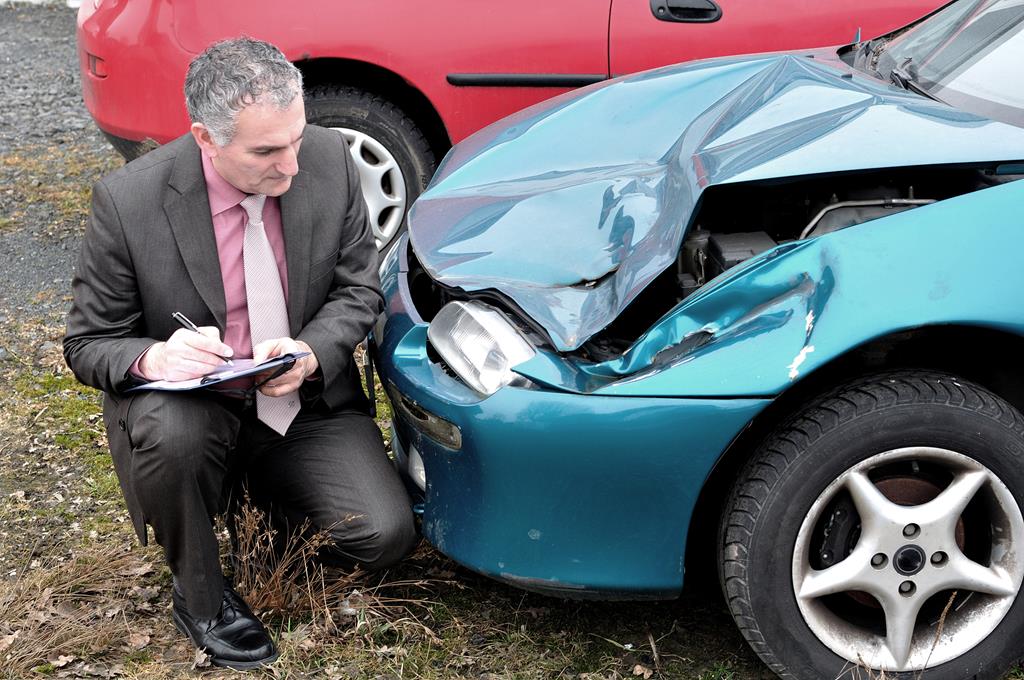Auto Insurance in Different Countries: A Comprehensive Guide
Almost every country worldwide requires drivers to obtain car insurance. Globally, drivers are accustomed to having auto insurance, making it as essential as having a driving license or maintaining regular vehicle checks.
Auto insurance compensates for damages caused by the responsible party in a car accident.

Auto Insurance in Germany
German drivers without accidents in the past three years typically pay about 1,000 euros annually for car insurance. Premiums significantly rise for vehicles classified above the golf class due to their perceived higher value and prestige, reaching up to approximately 3,700 euros per year.
Auto Insurance in Italy
In Italy, female drivers can receive discounts on auto insurance, as women are statistically considered safer drivers. Premium costs in Italy also depend on driving experience, vehicle class, and engine power—the less experienced the driver and the more powerful the car, the higher the insurance rates.
Auto Insurance in the United States
Third-party liability insurance is mandatory in 45 U.S. states, costing between $500 to $1,000 annually. In states without mandatory insurance, individual regulations vary widely. Some states require proof of insurance before vehicle registration, while others only demand it after an accident.
American insurance providers set their own rates based on complex scoring systems, including vehicle value and the driver’s past insurance history.
Typical U.S. auto insurance coverage parameters include:
- Maximum compensation for bodily injury per individual (ranging from $10,000 to $50,000).
- Maximum payment for all accident victims (ranging from $10,000 to $100,000).
- Maximum compensation for property damage (ranging from $5,000 to $25,000).
Auto Insurance Across Europe
European countries have diverse auto insurance regulations. Minimum coverage in countries like Poland, Croatia, and Slovenia generally reflects realistic repair and medical costs. Meanwhile, Slovakia, Czech Republic, and Hungary have mandatory unlimited coverage, fully compensating third-party damages. However, coverage limits in Latvia, Ukraine, and Russia are significantly lower, often insufficient for full victim compensation.
The “Green Card” insurance system in Europe provides unlimited personal injury coverage in Belgium, France, Ireland, Luxembourg, the United Kingdom, Finland, and Norway. Elsewhere in Europe, coverage limits vary notably:
- Sweden: Over $36 million
- Denmark: Over $10 million
- Switzerland: Approximately $2 million
- Netherlands: $1 million
- Italy: $880,000
- Germany: $580,000
- Spain: $113,000
Property damage coverage in Europe also varies, with Belgium and Luxembourg offering unlimited coverage. Other countries’ coverage limits range widely, from Sweden’s $36 million to Spain’s $32,000. Notable examples include Denmark and Switzerland (around $2 million), Austria ($900,000), France ($511,000), the United Kingdom ($370,000), and Germany ($231,000).

Determining Driver Responsibility and Claims in Europe
Many European countries, including Belgium, Ireland, the United Kingdom, Spain, and Finland, have no specific legislation defining driver responsibility; cases rely on the Criminal Code and proof of guilt. Conversely, several countries, such as Italy, Austria, Denmark, France, Greece, Norway, and Sweden, use a presumption of guilt or objective responsibility system, simplifying the victim’s claim process.
Throughout Europe, injured third parties typically have direct recourse against the insurer of the responsible driver, except in Great Britain. Drivers must promptly report accidents to their insurance companies:
- Italy: Within 3 days
- France: Within 5 days
- Spain: Within 7 days
- Belgium: Within 8 days
European insurers usually provide compensation or provisional payment within three months of an accident. For instance, Belgium’s practices are insurer-regulated, while France’s timelines are legislatively mandated. Generally, insurance claims across Europe are settled rapidly, with most resolved within two months in Germany and within six months for 85% of cases.
Court disputes concerning insurance claims in Europe, particularly regarding property damages, are rare, with most cases settled amicably.
Driving Abroad? Don’t Forget Your International Driving Permit
Ensure you’re prepared to drive abroad safely and legally by obtaining an International Driving Permit (IDP). An IDP helps streamline car insurance purchases abroad and provides additional peace of mind during your international travels.
Thank you for reading, and stay safe on the roads wherever your journey takes you!

Published April 17, 2017 • 4m to read





